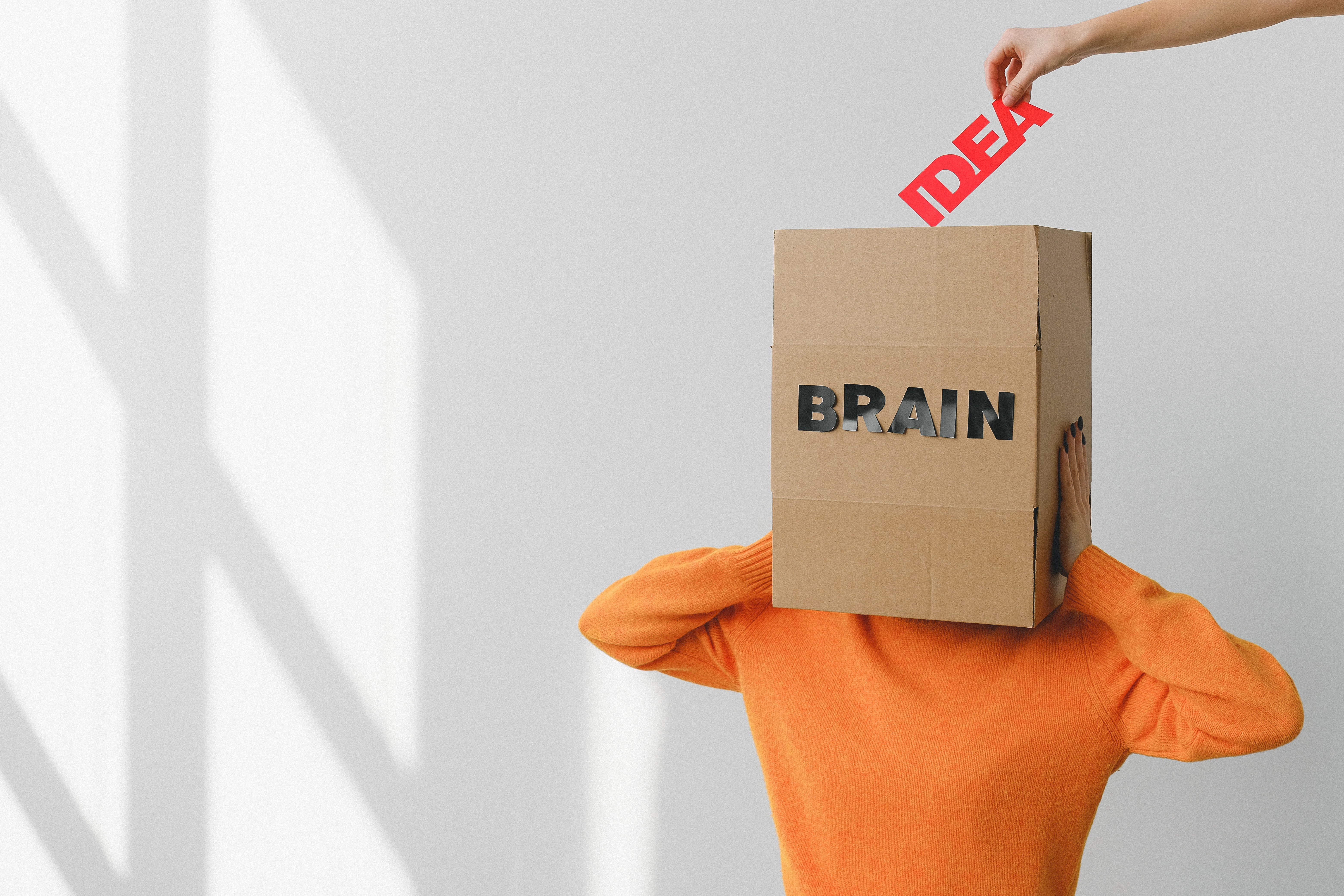We all pursue goals. These goals motivate some of our behaviors which allow us to interact with the environment until we satisfy our needs and desires. We disclose the neuronal mechanism that encodes the specific motivation needed to achieve a pursued goal. Our study extends what is known of the amygdala, our brain’s emotion-processing center, in adaptive outcome-seeking behavior.
Views 3775
Reading time 3.5 min
published on Mar 10, 2023
Every day we are choosing and performing actions to achieve goals. These goal-directed behaviors are motivated by the idea of goals in memory or mind. What were your last goal-directed actions? Maybe it was to purchase a croissant or repair your bike. Any of us is able to imagine how to perform such actions, the steps that we’d take. Based on our environment and knowledge, we’d select specific actions for each goal. Indeed, you must behave specially while purchasing a croissant. Furthermore, you’d engage in such actions only if you assign a positive value to these goals. You’d likely not purchase a croissant if you are not hungry or if you don’t like it.
Thereby, goal-directed actions depend on the capacity to identify and value outcomes, and on knowing certain actions lead to outcomes. The inability to form action-outcome associations, or to determine goal identity and value, could lead to inappropriate or pathological behavior, such as addiction or obsessive-compulsive disorder. From an experimental psychology point of view, goal-directed behaviors are well understood, yet there is a large gap in our knowledge of the underlying neuronal mechanisms. How neurons in our brain encode goals remain a mystery.
To study goal-directed behaviors, we used a laboratory behavioral task model. We trained mice to perform actions (press levers) to obtain rewards. One action delivered a drop of sugar and another delivered a drop of milk. After few training sessions, mice became experts in obtaining the two rewards, which served as two goals. Thereby, during this behavioral task mice performed two distinct goal-directed actions and consumed the corresponding rewards.
Neurons in our brain encode and control our behaviors, in particular through their extraordinary capacity to communicate with each other. When active, a neuron generates brief electrical impulses that induce the release of neurotransmitter which is received by other neurons. Depending on their function, neurons are active during specific periods. Fear neurons are active only during high fear state, for example.
How do neurons represent distinct desirable goals? To address this question, we recorded the activity of neurons during the behavioral task described. Our technic allowed us to monitor the activity of about one hundred neurons while mice were performing goal-directed actions and consuming rewards. We hypothesized that neurons representing goal would be located in a brain structure called the amygdala. The amygdala is deep within the temporal lobe, sitting close to ear level, and is involved in memory, emotion or motivation. In particular, we were interested by its well established role in cue-directed behavior. It has been shown that when an auditory cue predicts an aversive or appetitive stimulus, amygdala neurons are active at the time of that cue, representing the expected stimulus. For example, amygdala neurons might be activated when you crack open a fizzy drink, predicting its coming taste and value.
We found neurons remained active throughout the execution of action until reward consummation. Interestingly, action neurons were outcome-specific. An action neuron active when mice press to obtain sugar will not be active when mice press for milk. Most remarkably, action neuron activity was sensitive to changes mice perceived in the environment or knowledge. Action neurons became inactive if we reduced the value of pressing a lever by reducing the value of its associated reward, or if we degraded the action-reward contingency by providing reward without needing to lever press. Therefore, action neurons integrate the three key parameters characterizing a goal: its identity, value and expectancy.
Finally, to assess if the activity of action neurons at the time of action was necessary for the execution of goal-directed behavior, we used an
optogenetic approach. This technic allowed us to control the activity of neurons with light. To achieve this, we expressed opsins (light sensitive protein) in amygdala neurons and provided light via optic fibers mounted on the head of the mice. Optogenetic inhibition of amygdala neurons at the time of action strongly reduced action performance, as if mice were losing motivation to attain the reward.
Together, our results revealed the neuronal basis by which amygdala encodes goals and their associated specific motivation. We exposed a key role for amygdala in orchestrating larger brain-wide networks for appropriate goal-directed behavior.
Original Article:
Courtin, J., Bitterman, Y., Müller, S., Hinz, J., Hagihara, K. M., Müller, C., & Lüthi, A. (2022). A neuronal mechanism for motivational control of behavior. Science, 375(6576). https://doi.org/10.1126/science.abg7277
 Neurobiology
Neurobiology



